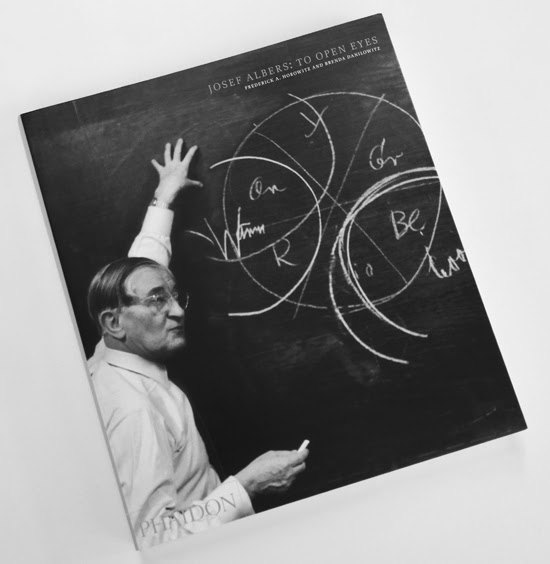野口 の 明かり Light Sculptures
Museum-going is one of the few enriching benefits of studying art history as an undergraduate.
This weekend’s outing took the form of a visit to The Noguchi Museum with family in tow.
The Noguchi surveys the life and work of American-Japanese artist Isamu Noguchi, including his monumental sculptures, block prints, furniture designs, and ephemera (publications, photographs, correspondence).
Noguchi is remembered first as a sculptor because of his interests in materials and surfaces, but my favorite work of his goes beyond sculpture into industrial design.
They are called Akari light sculptures.
Akari are luminous shapes made from washi-paper and bamboo ribbing.
During his lifetime Noguchi made more than 200 Akari designs, many of which are still in production today.
In a small book of essays I found in the museum bookstore, the artist recounts the story of how he came to make the first one.
It happened during a visit to Japan from New York, where he lived at the time.
Noguchi wanted to make a stop in Gifu to observe an old tradition of cormorant fishing, where trained birds are used by master fishermen to catch fish and return them to a boat. This is often done at night by torch or lamplight.
The paper lanterns (岐阜提灯 Gifu Chouchin) used by the fishermen captured Noguchi’s interest for their craftwork, natural materials and sculptural qualities.
He wanted to modernize and re-shape them as paper sculptures but a conversation with the Gifu town mayor convinced him that he could do more than that, by putting them to wider use beyond night fishing.
How did he do it?
First, by adding an electric lightbulb to make them more versatile and available for modern settings.
Although electric light glares stronger than candle light, when it passes through the washi paper it takes on a more diffuse and natural quality.
Second, by finding a local manufacturing partner in Gifu to help him scale-up production to meet a greater demand.
After Noguchi’s death, the Noguchi Foundation continues to partner with the same producer, Ozeki & Company, to produce and distribute Akari lamps all around the world.
Sales of Akari lamps and royalties from his furniture designs make up about half of the Noguchi Museum's operating budget, which is around $10M per year.
The name Akari comes from the Japanese word for “bright” whose kanji character (明) combines the characters for sun (日) and moon (月) together into a single ideogram.
Akari design number 10a is my favorite.
どちらが好きですか?
More here:







